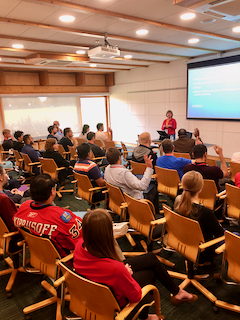Managing Cross-Database Dependencies in Builds (Redgate Video)
Building your database code is an essential practice to ensure that it compiles from source and that dependencies are met. But things can get tricky when you have objects in some databases which is dependent upon objects in other databases: or even circular dependencies.







